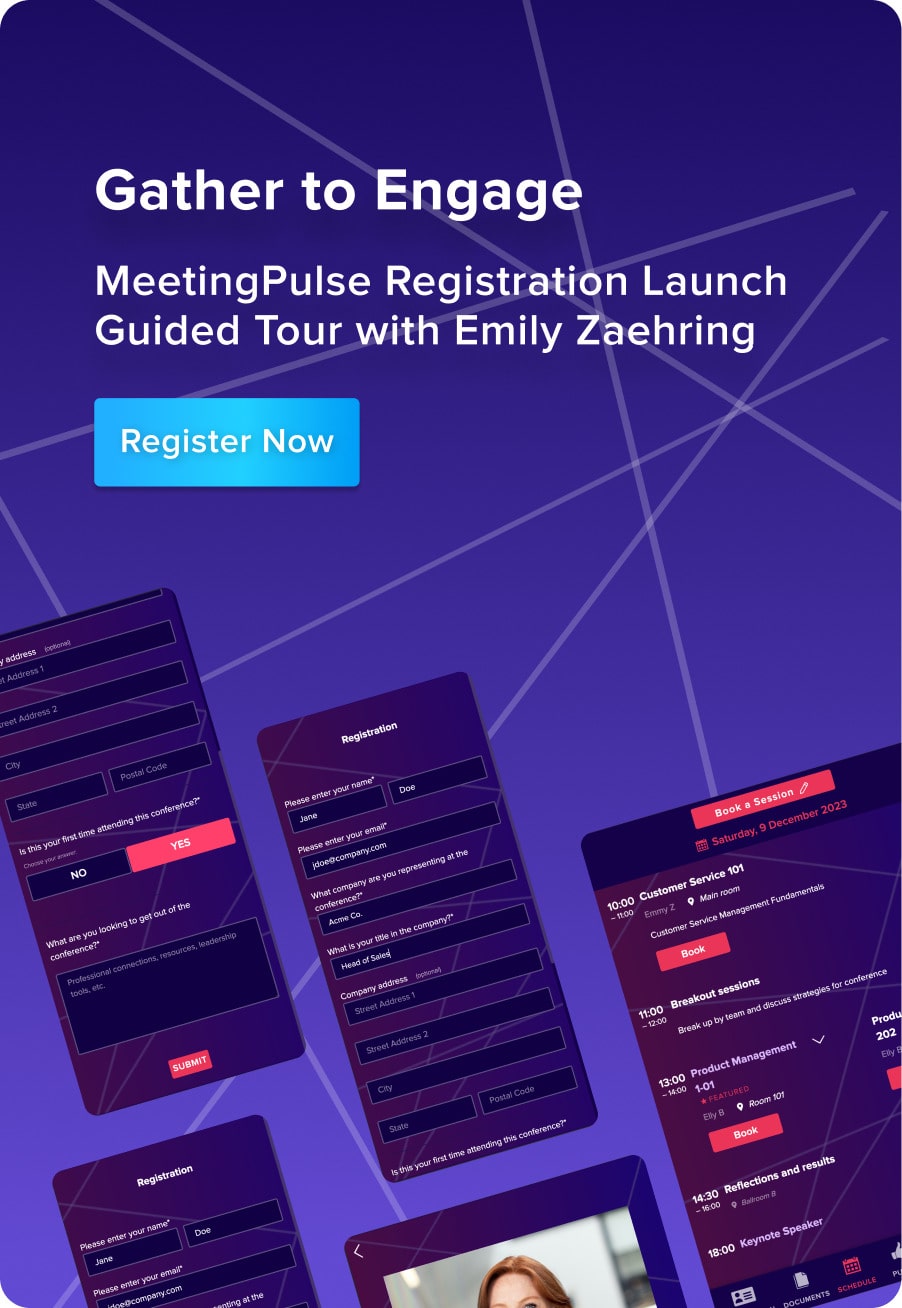The problem
Much has been written recently about the pros and cons of technology in the classroom. Given our students’ addiction to wireless gadgets and posts, the internet and its attendant toys have created new pedagogical challenges.
In “The Distracted Classroom,” James M. Lang writes that he knows from both personal experience and scads of published research that when students have phones or laptops out in class — and are texting, surfing the web, or posting on social media — they are only half-present (if that).
Many of us can empathize with Lang’s observations. Our students have shorter attention spans, and are addicted — literally — to their apps and gadgets. Those tendencies often keep even the most dedicated students from engaging fully in the classroom. As we, teachers, have modified our teaching strategies to create truly interactive, decentered classrooms focused on active learning, our students have found ways to be elsewhere.
The solution
Rather than fight the inevitable, many professors have chosen to make it work for them. Instead of banning phones and laptops, they’ve chosen to use the technology in the classroom in the service of learning. Audience response and personal response tools quickly became a natural fit for the classroom. Such tools allow the instructor to communicate in real time with the students and to keep them engaged.
Earlier, there was a barrier to adoption because audience response was done via a separate gadget. This meant additional costs to acquire the gadgets and keep them in working order. However, an audience response tool that works straight from any browser minimizes the barriers to use. Students don’t even need to download an app. Instead, they use the phone or laptop they already have and are itching to use.
Some suggestions
There are many ways to use a personal response tool like MeeetingPulse to combat student apathy and use students’ gadgets to keep them involved and actively learning. Whether you are teaching a large “lecture” class for one hundred students, a seminar for seven students, or anything in between, here are some ways to add personal response tools to your teaching arsenal. You’ll be able to easily:
- start or pace discussion with a question or survey, and discuss results instantly
- make the results of think-pair-share activities instantly visible
- create instant comprehension assessments instead of quizzes
- write your materials in any language
And that’s just the tip of the iceberg. Because the system is so simple, it can be easily adapted to other uses and to the specifics of your classroom. You can make your classroom a better, more effective learning space by working with your students rather than trying to fight against their current habits and inclinations.
At MeetingPulse, we believe in maximizing the effectiveness of technology to create effective, simple engagement and ease communication.
Our system works from any browser via a short link and is easily customizable to your instructional needs. Neither you or your students will need to download an app.
You can use MeetingPulse in a variety of ways: to jumpstart discussion, to check-in on student comprehension of the material, as an instant mini-quiz. Students can answer anonymously, or not.
You can customize MeetingPulse to fit your classroom needs, and it’s simple and intuitive to use.






